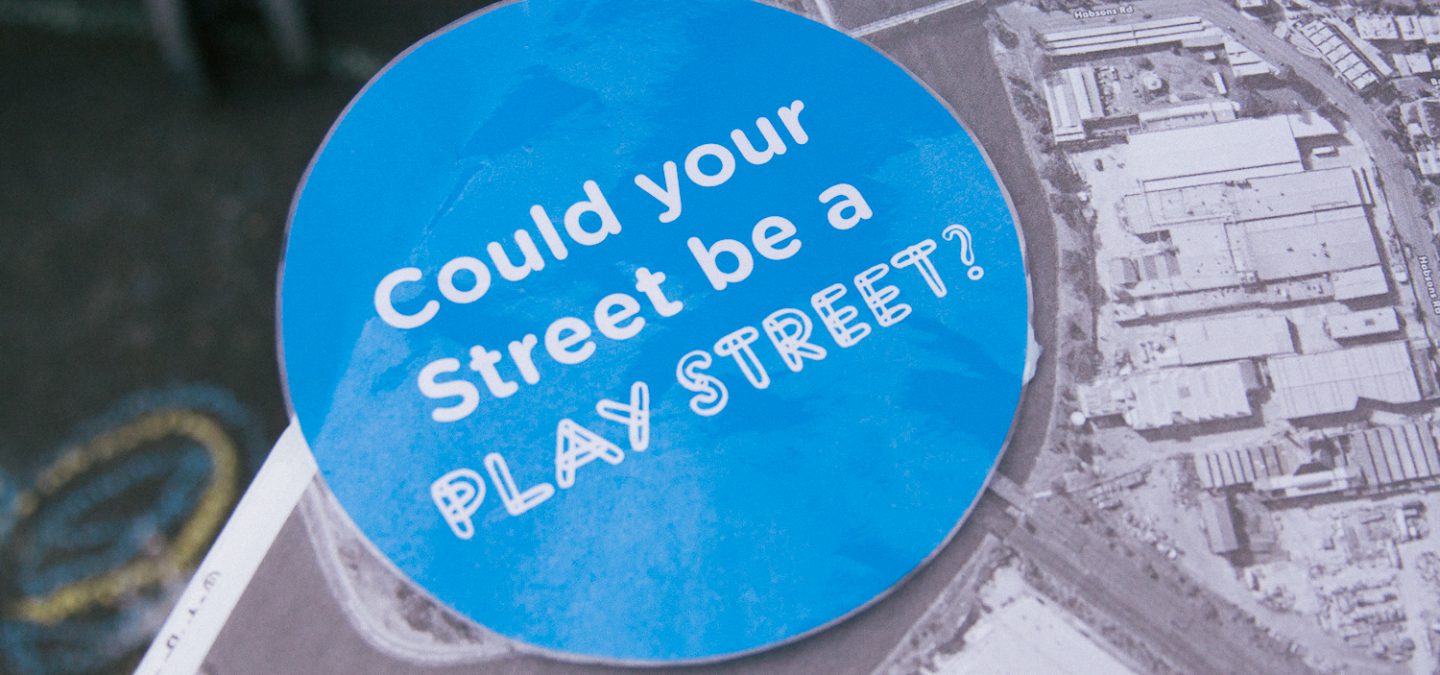
Keep up with our latest news and projects!

Outdoor play is vital for a child’s physical, social and personal development. Yet in many communities around Melbourne, and other Australian towns and cities, safe and accessible outdoor play space are not always available in close proximity to home. This contributes to four out of five young people aged 5-17 years not getting the physical activity they need to stay healthy.1 As Australia’s population grows and cities become denser, there is an increasing need for places for children to play and neighbours to meet.
The Play Streets Australia project was developed to provide better access to outdoor play spaces by temporarily transforming residential streets into playgrounds for the young and the young at heart. Using the globally- recognised, low-cost model for pop-up play in the street, Play Streets was adapted for the Australian context to help residents make use of their own streets to create safe places for children to be physically active.
CoDesign Studio, an Australian design and placemaking social enterprise, worked with local communities and government authorities to develop Play Streets Australia, with funding support from VicHealth. Play Streets have since been delivered in five suburbs across Melbourne and an open-source toolkit developed, providing a free resource available to communities across Australia. This article explains the process, outcomes and practical implications of this project to date.
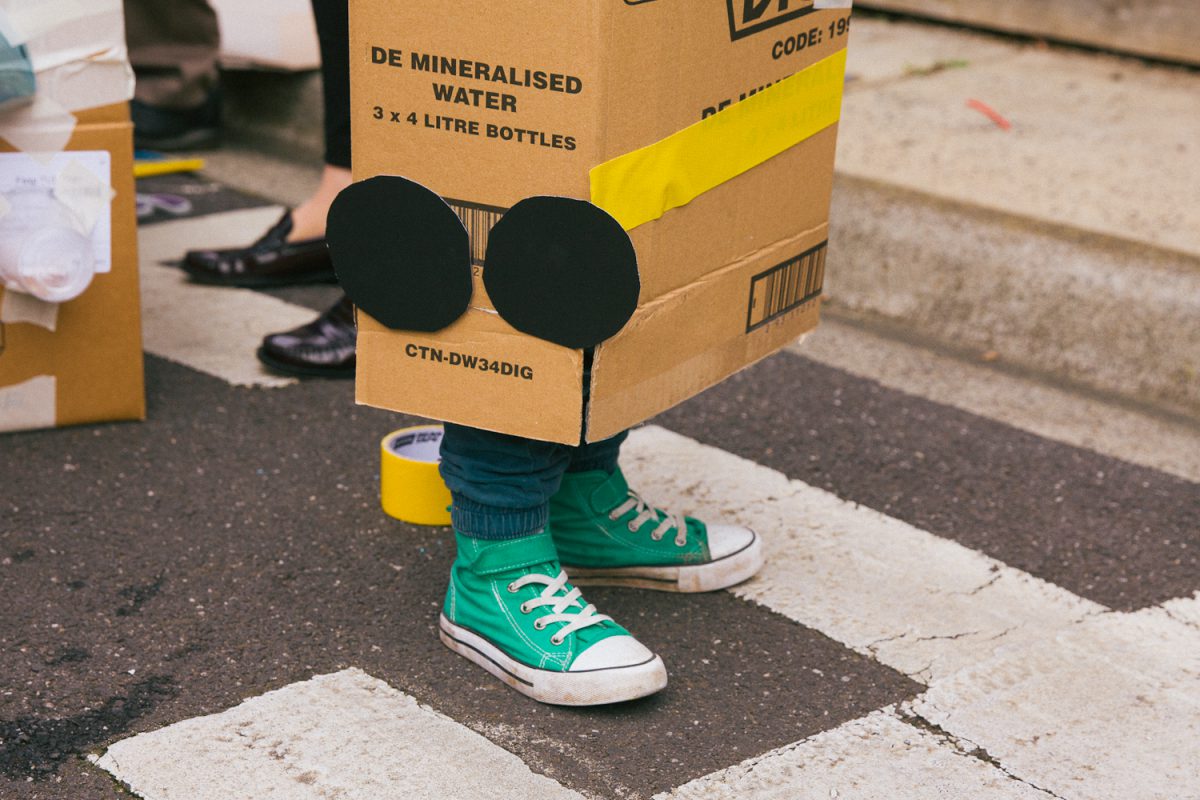
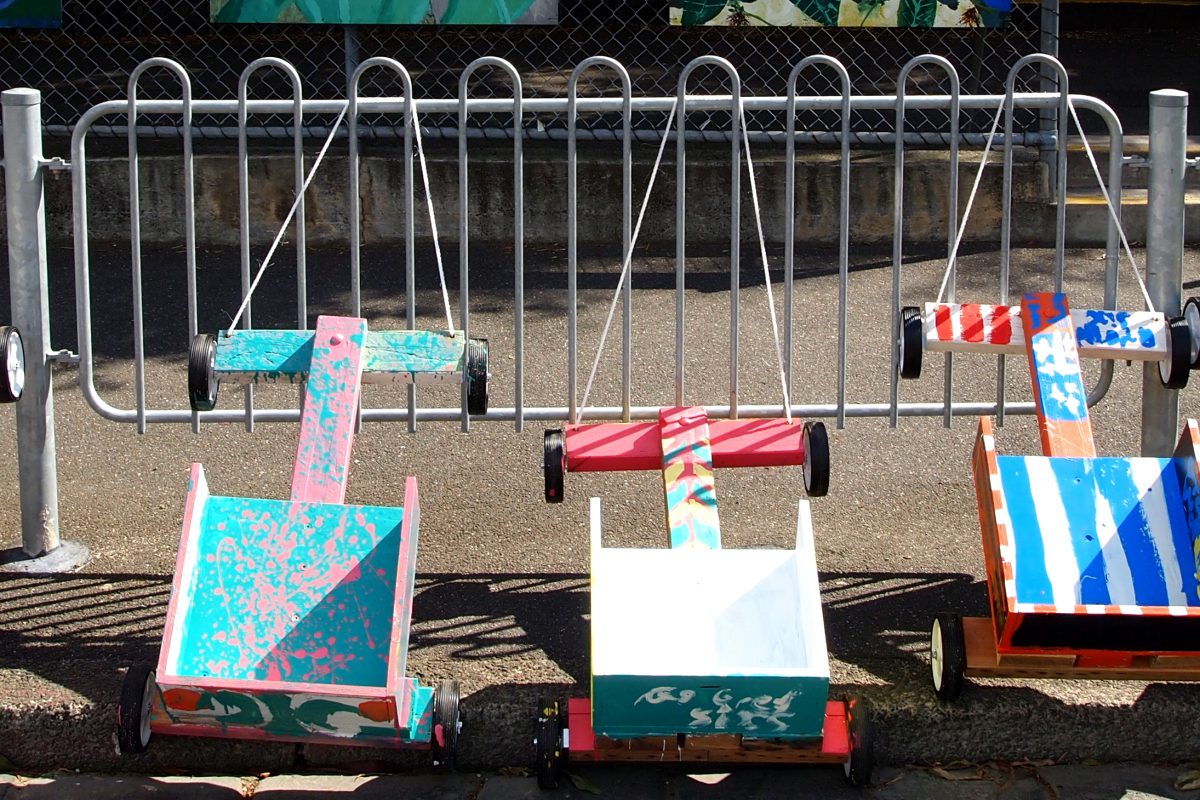 OLYMPUS DIGITAL CAMERA
OLYMPUS DIGITAL CAMERA
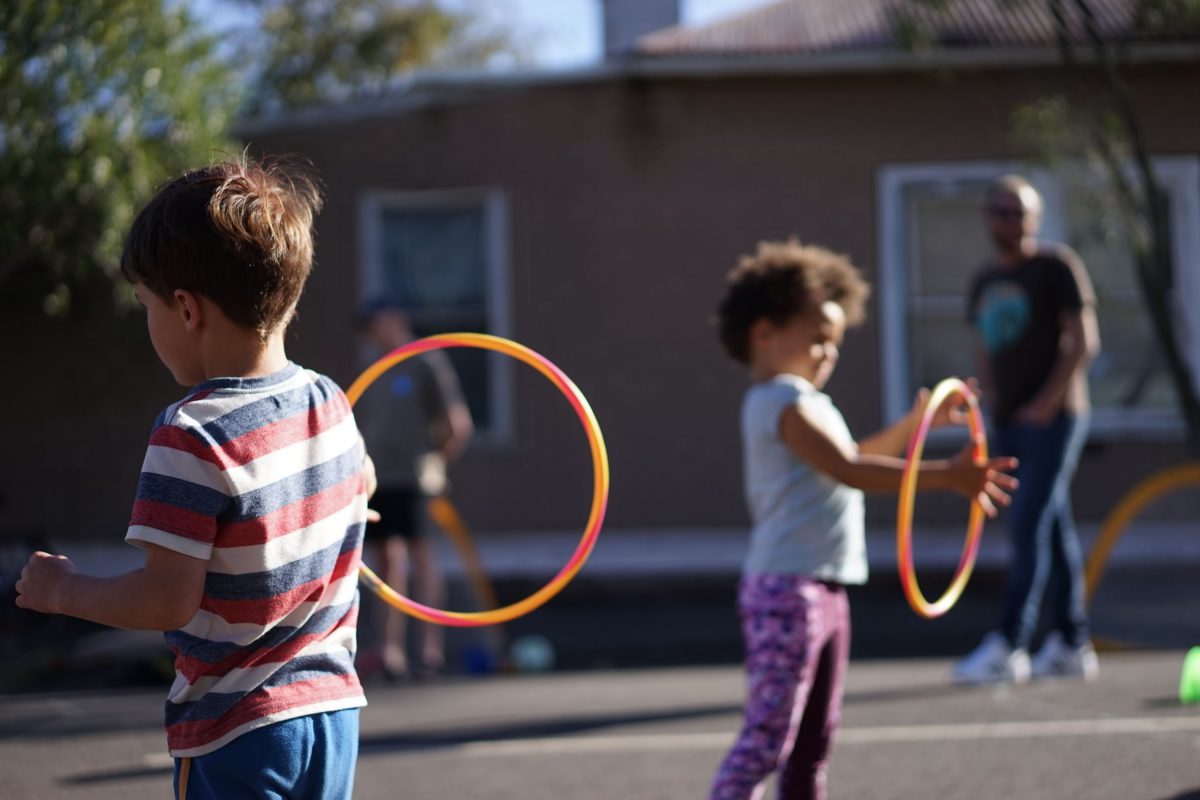
The first Play Streets trial was delivered in partnership with the City of Melbourne, an inner-city Local Government area, in the suburb of Kensington in 2016. CoDesign Studio supported a group of residents to plan and deliver the first community-led Play Street, with 44 children and 43 adults attending on the day. There was a positive response to the event, with feedback that the day was fun, children enjoyed playing in the street, and people liked catching up with their neighbours. However, those involved in organising the event felt that the process was difficult, particularly the cost and time required to navigate Council processes for traffic management, permits and insurance. This feedback, as well as a, debrief with the project team, informed a simple step by step guide to make it easier for the next Play Street. Existing Play Streets guides from around the world also provided inspiration, including the Playing Out Manual.2
To test the draft toolkit and continue to promote Play Streets, CoDesign Studio sought out new partners for a second trial. Instead of selecting a suburb and a street for delivery, CoDesign partnered with Itiki Sporting Club, who were interested in hosting a number of community-led Play Streets with their members across various local government areas. This second phase of Play Streets saw the delivery of four Play Streets in two socially and culturally diverse suburbs, Carlton and Glenroy, and engaged over 500 people in a variety of ways from planning through to delivery. This trial provided invaluable user testing of the Toolkit, highlighting areas for improvement and testing the approach with a broader range of community members.
The evaluation of trials has helped to not only set out the process through hands-on ‘user testing’ but also evolve the Play Streets approach: a people led rather than place led approach, going where there is community energy to run Play Streets. The toolkit aims to make it easier for both communities and councils across Australia to deliver Play Streets and is available to download at www.playstreetsaustralia.com
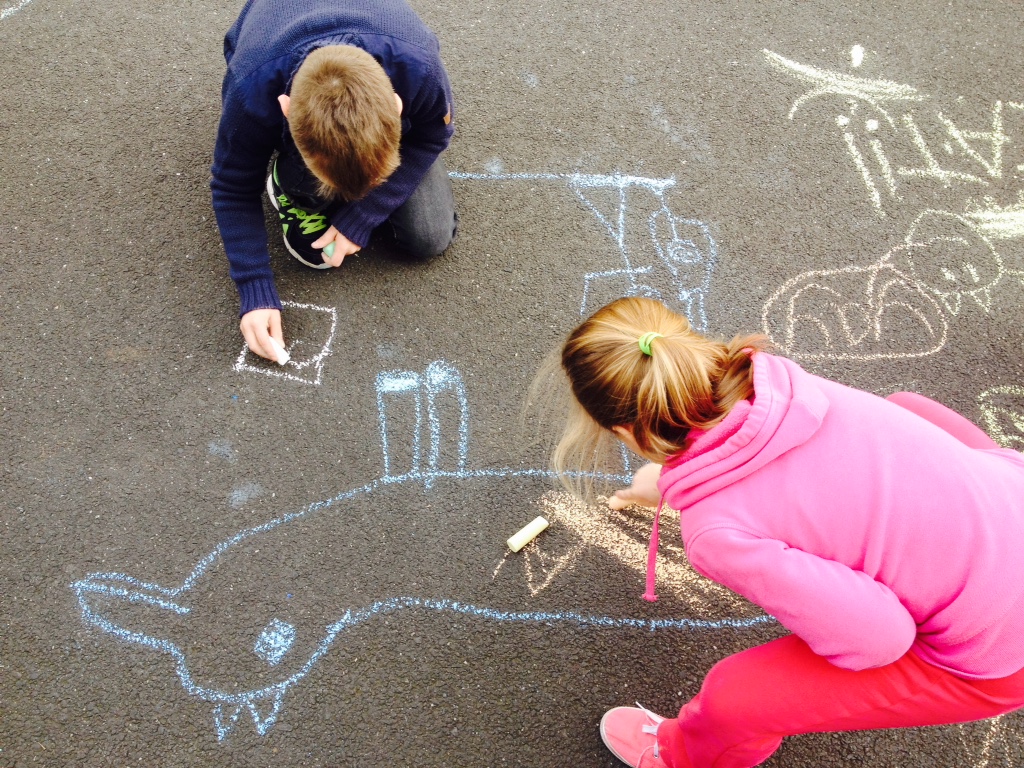
The Play Streets process has achieved outcomes for all three areas central to The City at Eye Level, providing hardware through utilising and repurposing the street as well as software by temporarily transforming it into a place of play through community-led approaches, and finally generating orgware via the Toolkit. By making everyday exercise through play easy and fun, the trials fostered opportunities for neighbours to meet each other, inspiring more empowered and connected communities, and a renewed focus on improved health outcomes for children through play.
Play Streets Australia plans to scale this program, to have an impact in many communities across the country. In summary, some of the lessons learnt to date include:
– A people rather than place led approach: The most successful trials were with community leaders and organisations who have the enthusiasm to deliver the project, rather than selecting a place and finding people to participate.
– Reducing process barriers: Council support is important for addressing the barriers that make implementation difficult. The toolkit aims to make permit and approvals processes easier for both communities and Councils.
– Financial support: While running the actual Play Street can be very low cost, setting up a Play Street relies on a financial contribution for permit processes, insurance and traffic management. CoDesign Studio is continuing to work with Councils on reducing these barriers through ‘The Neighbourhood Project’ – a broader initiative enabling community projects in neighbourhoods across Melbourne.
– Inclusive streets: Play Streets can provide an opportunity for neighbours to come together, whether they have children or not. Ensure promotion and activities that make it more inclusive for everyone in the street to be involved.
Creating places to play is an important challenge in Australian cities and towns. Efforts of CoDesign Studio, in collaboration with communities and partners in Melbourne, have demonstrated the possibilities and made critical first steps in making the process to deliver Play Streets simpler. We look forward to seeing Play Streets delivered in more neighbourhoods, drawing on and tailoring the Toolkit, to improve playspaces across Australia.
This article belongs to a series of stories about the city at eye level for kids! You can access the full book online in PDF or pre-order your hardcopy to be delivered to your home.
Get your book here1. Australian Bureau of Statistics (2013) Australian Health Survey: physical activity 2011-12, Australian Bureau of Statistics, Canberra.
2. Playing Out (2014), How to organise playing out sessions on your street – a step- by-step manual, http://playingout.net/useful-stuff/